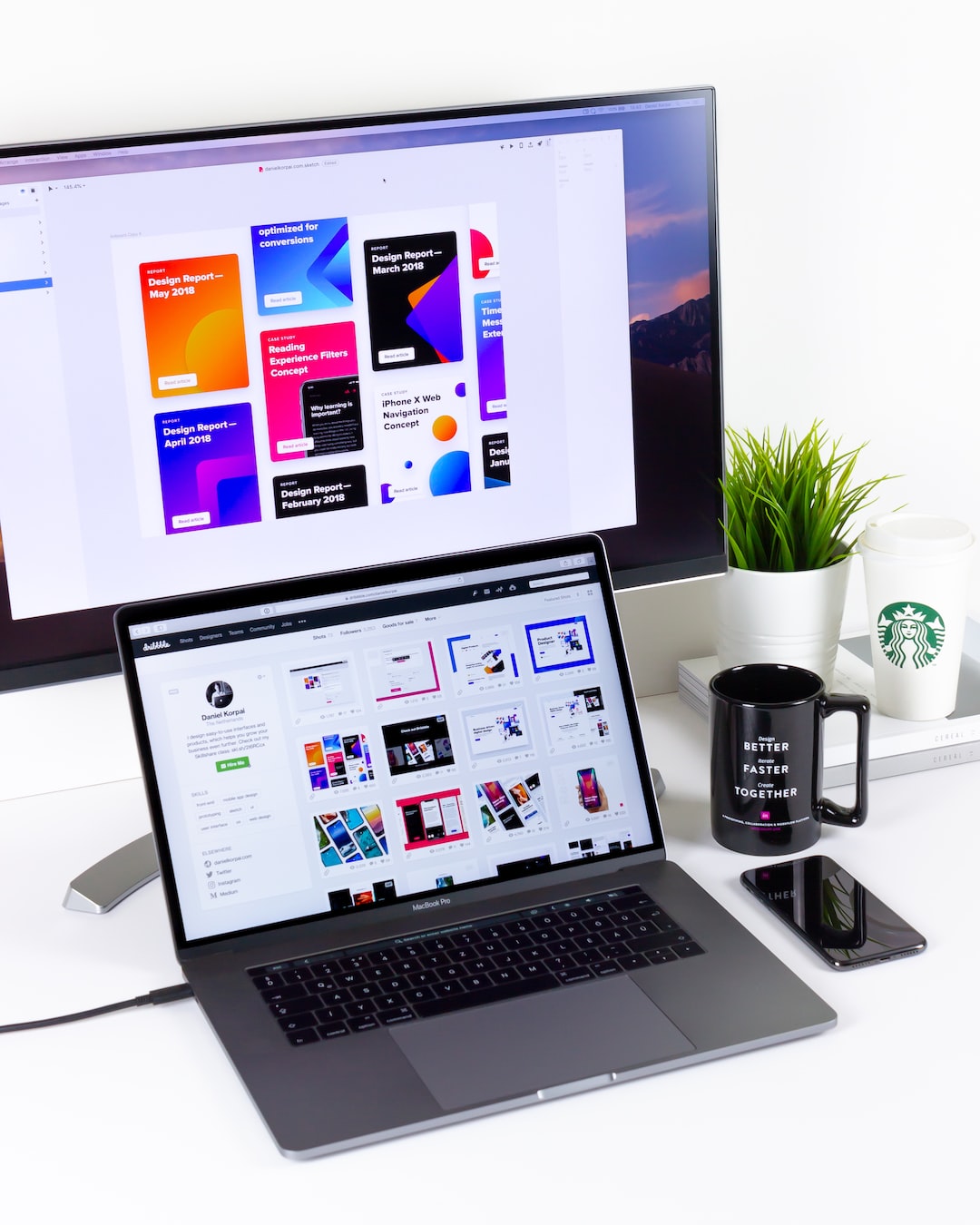Unlocking the Power of Color Psychology in Design
In the world of design, color plays a significant role in evoking emotions and influencing human behavior. Whether it is in the choice of clothing, marketing campaigns, or interior design, understanding the powerful impact of color psychology is essential for designers. The ability to harness the psychological effects of colors can enhance the effectiveness of design and create a more profound connection with the audience.
From soothing blues to energetic yellows, each color has its unique psychological representation. By exploring these meanings and integrating them into our designs, we can create an atmosphere that ignites specific emotions and responses in the viewers. Let’s take a closer look at the power of color psychology in design.
Red, often associated with passion and energy, is a vibrant color that grabs attention and stimulates the senses. It is often used in the design of restaurants or clearance sales, as it increases appetite and creates a sense of urgency in consumers. Similarly, orange is a color that signifies enthusiasm and creativity. It is frequently used in industries related to entertainment, such as movie theaters or art studios, to evoke feelings of excitement and imagination.
On the other end of the spectrum, blue is a color known for its calming and soothing effect. It is often used in healthcare settings or bedrooms to create a sense of tranquility and relaxation. Blues can also convey professionalism and trustworthiness, making them an excellent choice for corporate logos and financial institutions.
Green, representing nature and harmony, is often associated with feelings of balance and growth. It is commonly found in designs related to wellness and environmental causes. Many eco-friendly companies incorporate green into their branding to convey their commitment to sustainability. Similarly, yellow represents happiness and optimism, often used to create a lighthearted atmosphere in designs. It is frequently employed in the food industry as it promotes feelings of warmth and happiness.
Purple, a color often associated with royalty and luxury, evokes a sense of mystery and spirituality. It is commonly utilized in beauty and fashion industries to create an aura of elegance and sophistication. Pink, representing femininity and tenderness, is predominantly used in designs targeting female audiences. It is often seen in cosmetics, fashion, and lifestyle branding.
Understanding the psychological effects of color is essential not only for branding purposes but also for user experience in web design. The color scheme used on websites can significantly impact the user’s perception and interaction with the interface. For example, studies have shown that the use of red or orange buttons for a call-to-action can increase click-through rates, as they create a sense of urgency and excitement. Similarly, the color scheme employed in e-commerce platforms can influence customers’ willingness to make a purchase.
In addition to colors themselves, the combination of hues can create various effects. Complementary colors, such as red and green or blue and orange, create visual contrast and grab attention. Analogous colors, like blue and purple or green and yellow, create harmony and a calming effect. Triadic colors, such as red, yellow, and blue, create a vibrant and energetic atmosphere. By understanding the principles of color theory, designers can create visually appealing and impactful designs.
Furthermore, cultural and personal experiences can influence individuals’ perception of colors. For example, in Western cultures, white is associated with purity and weddings, while in many Asian cultures, white represents mourning and is used at funerals. Moreover, personal preferences and associations can vary from person to person. Some may have positive associations with a particular color due to childhood memories or personal experiences, while others may have negative associations.
To effectively utilize color psychology in design, it is essential to consider the target audience’s preferences and cultural background. Conducting research and understanding the demographic can ensure that the chosen colors resonate with the intended audience.
In conclusion, color psychology is a powerful tool in design that can evoke emotions, influence behaviors, and enhance the user experience. By understanding the psychological effects of colors and considering cultural and personal associations, designers can unlock the full potential of color in creating impactful designs. Whether it is selecting the perfect logo color, designing a website, or creating an inviting interior space, harnessing the power of color psychology can elevate the overall design and leave a lasting impression on the audience. So, let’s paint our designs with intention and unlock the true power of color.

